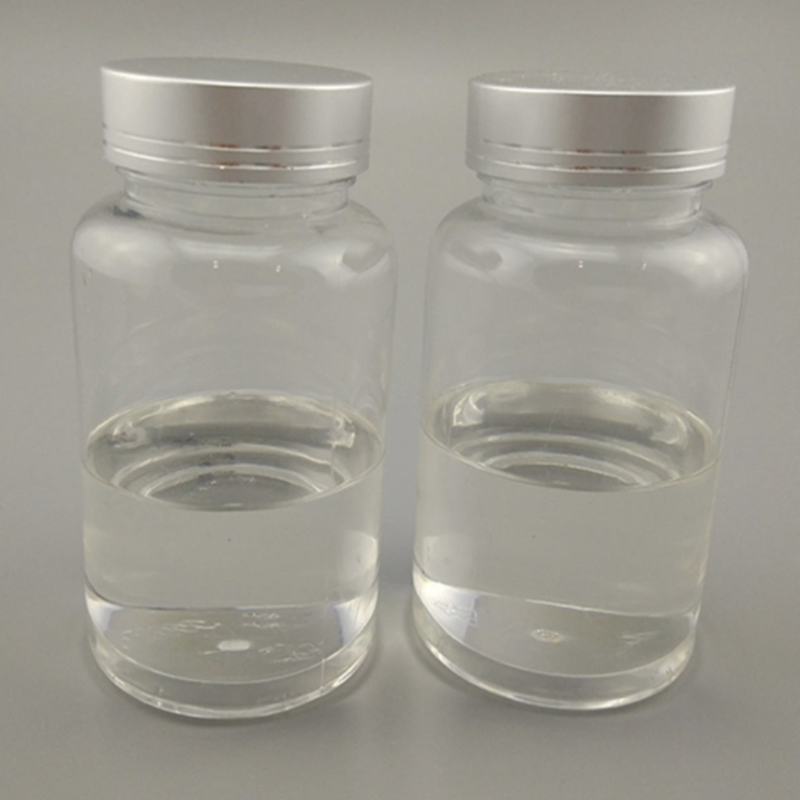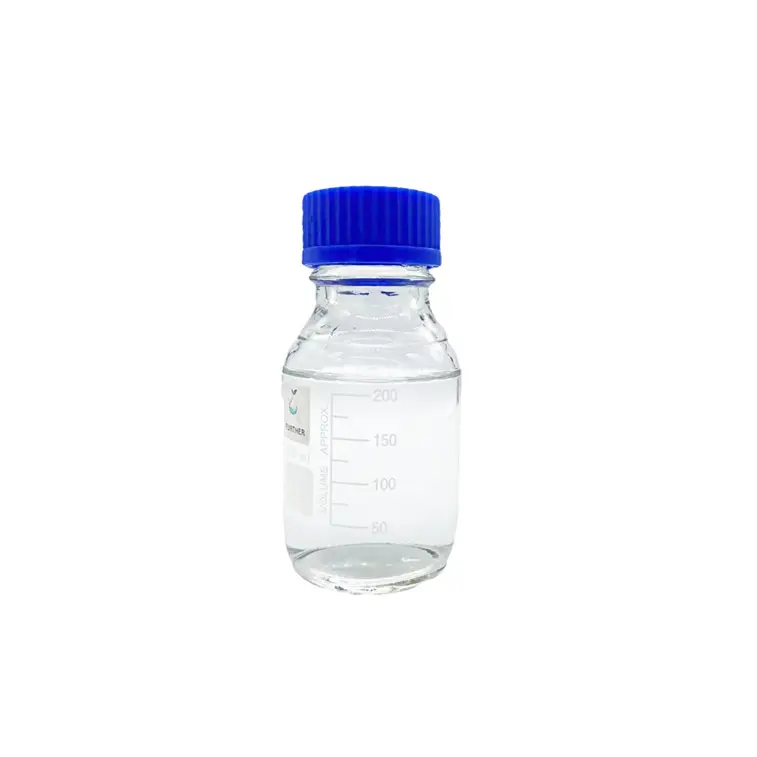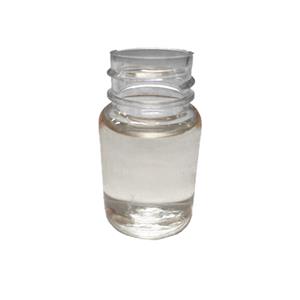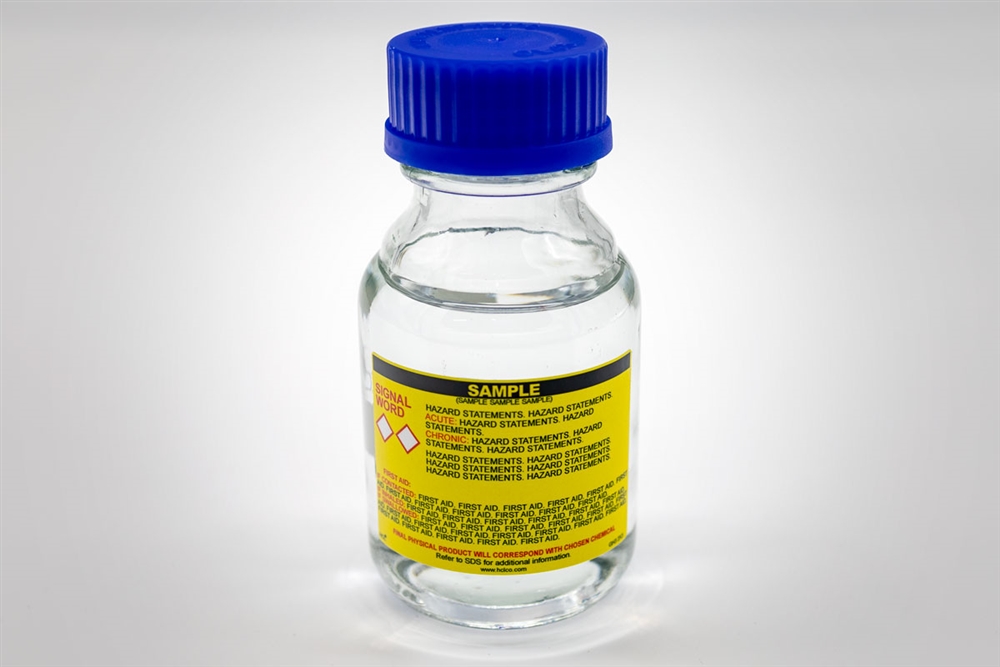Description
Methoxyethanol, also known as ethylene glycol monomethyl ether (EGME), is a clear, colorless liquid with an ether-like odor. It’s a member of the glycol ether family, a group of solvents prized for their versatility in various industrial and commercial applications. However, its usefulness comes with a caveat: methoxyethanol poses significant health hazards, making careful handling and awareness crucial. This article will delve into the properties of methoxyethanol, its common uses, and the important safety precautions associated with its handling.
Properties and Characteristics
Methoxyethanol is a relatively simple organic compound with the chemical formula CH3OCH2CH2OH. Its key properties include:
- Excellent Solvent: Methoxyethanol is a highly effective solvent for a wide range of substances, including resins, lacquers, inks, dyes, and cellulose esters. This broad solvency makes it attractive for various industrial processes.
- Miscibility: It is miscible with water and many common organic solvents, enhancing its utility in formulating complex mixtures.
- Relatively Low Boiling Point: Its boiling point (around 125°C or 257°F) makes it easier to remove through evaporation in certain applications.
- Hygroscopic: Methoxyethanol readily absorbs moisture from the air, a factor that can influence its performance in specific applications.
Common Uses of Methoxyethanol
Due to its strong solvency, methoxyethanol has found applications in diverse industries:
- Solvent in Paints, Coatings, and Varnishes: It helps dissolve the resins and pigments, creating smooth and even finishes.
- Industrial Cleaners and Degreasers: It is used to remove grease, oil, and other contaminants from metal surfaces and equipment.
- Production of Semiconductors: It is used as a solvent in the manufacturing of microchips and other electronic components.
- Chemical Intermediate: Methoxyethanol is a building block for the synthesis of other chemicals.
- Textile Industry: Used as a solvent in dyeing and printing processes.
- Laboratory Reagent: Used in various chemical reactions and analytical procedures.
Health and Safety Concerns
Despite its industrial benefits, methoxyethanol presents significant health risks, particularly through inhalation and skin absorption. It is classified as a hazardous substance, and exposure should be minimized or avoided. Key concerns include:
- Reproductive Toxicity: Methoxyethanol is a known teratogen, meaning it can cause birth defects and reproductive problems in both men and women. Exposure during pregnancy is particularly dangerous. It can affect sperm production in males and ovarian function in females.
- Central Nervous System Effects: Exposure can lead to headaches, dizziness, nausea, and, in severe cases, loss of consciousness.
- Skin and Eye Irritation: Direct contact can cause irritation and burns.
- Respiratory Irritation: Inhalation of vapors can irritate the respiratory tract.
- Carcinogenicity: There is some evidence suggesting potential carcinogenic effects with prolonged exposure, though more research is needed.
- Flammability: Methoxyethanol is a flammable liquid, posing a fire hazard if not handled properly.
Safe Handling and Precautions
Given the potential health hazards, stringent safety measures are essential when working with methoxyethanol:
- Ventilation: Work areas must be well-ventilated to minimize inhalation of vapors. Local exhaust ventilation is highly recommended.
- Personal Protective Equipment (PPE): Wear appropriate PPE, including gloves (resistant to methoxyethanol, such as nitrile or butyl rubber), safety goggles or a face shield, and a respirator if adequate ventilation is not available.
- Skin Protection: Avoid skin contact by wearing protective clothing, such as long sleeves and pants.
- Eye Protection: Always wear safety glasses or goggles when handling methoxyethanol.
- Fire Safety: Store methoxyethanol in tightly closed containers in a cool, well-ventilated area away from heat, sparks, and open flames. Have fire extinguishers readily available.
- Training: Workers who handle methoxyethanol must be properly trained on its hazards and safe handling procedures.
- Substitution: Where possible, consider using less hazardous alternative solvents.
- Monitoring: Implement exposure monitoring programs to ensure worker exposure levels are within safe limits. Check regulatory guidelines such as the OSHA permissible exposure limit (PEL) and ACGIH threshold limit value (TLV).
- Emergency Procedures: Establish clear emergency procedures for spills, leaks, and accidental exposures.
Regulation and Future Trends
Due to its toxicity, the use of methoxyethanol is increasingly regulated in many countries. There is a growing trend towards replacing it with safer alternatives in various applications. Ongoing research focuses on developing new, environmentally friendly solvents that offer similar performance without the associated health risks.
Conclusion
Methoxyethanol is a powerful solvent with various industrial applications. However, its inherent toxicity demands careful handling and strict adherence to safety protocols. Understanding the risks and implementing appropriate control measures are crucial for protecting workers and the environment. As awareness of its hazards grows, the search for safer alternatives continues, paving the way for a more sustainable and health-conscious future for the solvent industry. Always consult Safety Data Sheets (SDS) for the most up-to-date information on specific products containing methoxyethanol.












Reviews
There are no reviews yet.